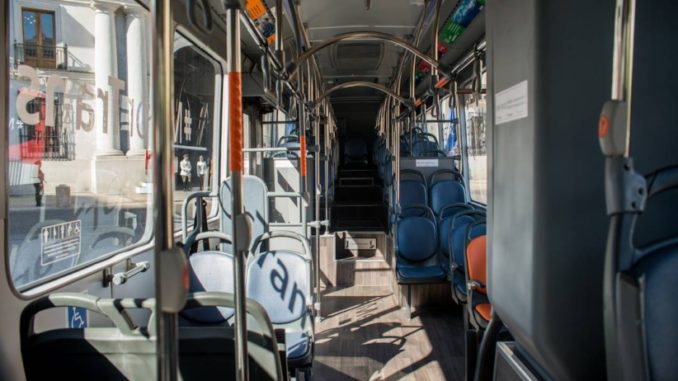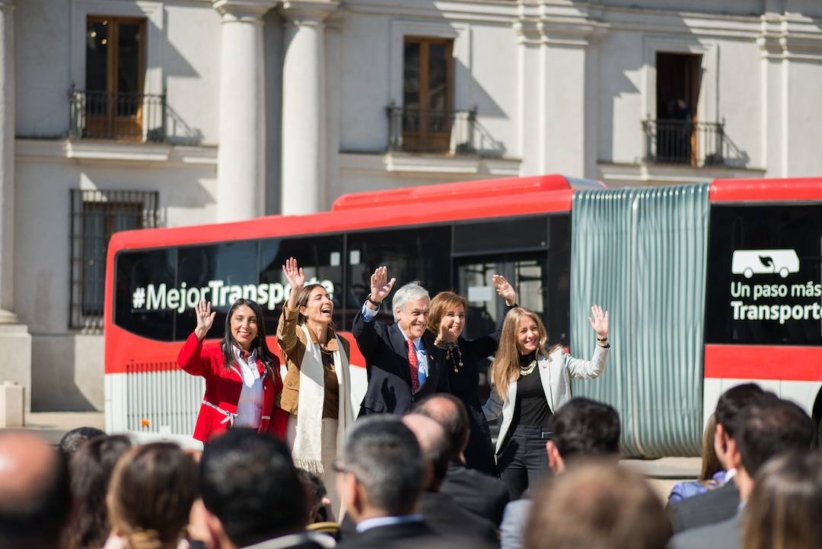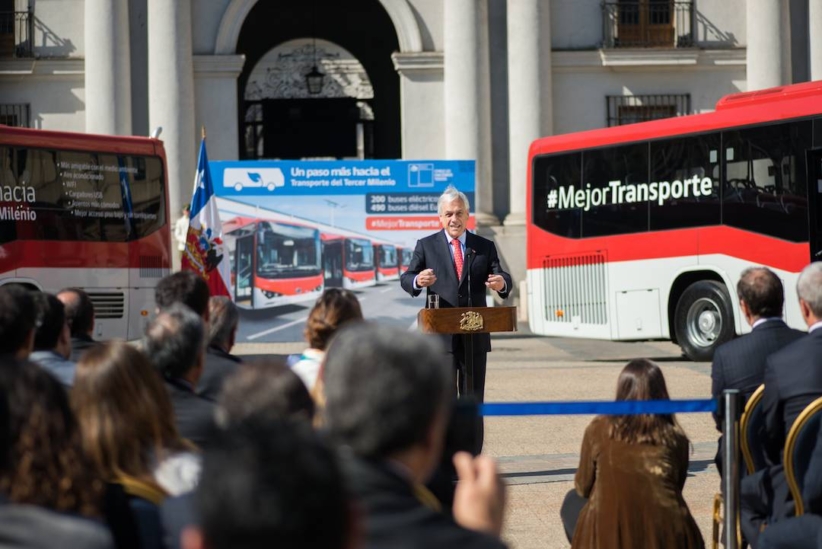
SANTIAGO – Chile’s transport and communications ministry MTT has launched free Wi-Fi on new buses of Santiago’s public transport system Transantiago.
Padded seats, air conditioning, USB chargers, security cameras, braking that prevents sudden stops and much less polluting; are some characteristics of the new fleet that will be integrated into the Metro.
Los nuevos buses del @Transantiago contarán con aire acondicionado, WIFI, cargadores USB, cámaras de seguridad y son mucho menos contaminantes
? Más en https://t.co/NeVCzP8O5j pic.twitter.com/GTElFYvnTz
— Gobierno de Chile (@GobiernodeChile) October 14, 2018
As a way to start the process of renewing the bus fleet in Santiago, which will be from the first quarter of 2019, the President of the Republic, together with the Minister of Transport and Telecommunications, the Minister of Energy, and the Environment Ambient, presented models of the new Transantiago fleet in the Plaza de la Constitución last week.

The renewal of the first group of fleet replacement is 500 buses and obeys, as a central priority, the need to remove buses that are currently 12 years old (on average) of seniority, also being in the limit of its useful life.
On the other hand, the replacement criteria are focused on improving the travel experience of users in various areas, ranging from the typical features of the bus, to grant people vehicles of high technological and safety standards.
The total number of replacement buses is 3,000 with Euro VI technology and 200 electric buses, with the same quality standards.
Characteristics of the new buses:
- Euro VI models, which will operate in the companies STP, Vule, Metbus and Redbus
- High efficiency vehicles for fuel consumption
- Additionally, they are buses that pollute 90 percent less, in relation to a Euro III (the predominant -and oldest- fleet in the system)
- Regarding the emission levels of particulate material, with respect to a Euro V, these buses contaminate 50% less
- Regarding its benefits for users, these buses have padded seats, air conditioning, security cameras, and even a braking system that prevents sudden stops
- Entry into operation: first semester of 2019
- Costs of each bus: 350 thousand dollars, approximately
- USB and WIFI chargers
President Sebastian Piñera in the launch guide noted that the goal of this new system is “to replace the sadly celebrated Transantago by a new public transport system, which we have called Transport Third Millennium and which is to give all citizens a transport system public that is of quality, economic, clean and that guarantees the routes and the schedules and that allow to the people to be able to enjoy the times that must happen in the public transport”.

Then, addressing the country, the president pointed out that “everything we are doing has only one objective. That you, lady, that you sir, that all the inhabitants of our country can use public transport and have a quality transport, worthy, that meets their schedules and routes and that allows you not only to transport yourself with dignity, but to allow recover the free time that is perhaps the scarcest resource we have in modern times.”
He closed the speech emphasizing that this project of modernization of public transport will be integrated into the Metro and will not be left alone in the Metropolitan Region, but will reach all regions of Chile.



